If you need some help let me know.
Thank you, Will do!
The biggest disadvsntage of ballscrews in a cnc conversion is the acme feed screw is self locking and the ball screw will transmit cutting forces back into the stepper drivetrain while cutting. Example while running a facemill across the x axis the y axis will want to move due to the sideways cutting force from the facemill.
What stops ball screws from "unwinding" themselves in these situations? Holding force of the stepper?
My current plan is to dish out for a Z-axis ball screw, to try to take some strain off of the stepper, as the head is heavy. Looking into a counter balance, or I've come across air spring kits of this mill online to help also.
I've ordered a bunch of little parts I'll need get the x and y setup. Thrust bearings, preload washers, couplings, etc. Plan to copy an few off the shelf conversion kit that gave enough pics and installation insturctions that it was easy to copy. I do plan to use the existing leadscrews for X and Y. (They're metric, but I should be able to figure out the conversion to imperial inside of mach3, right?) (This is the other reason I like the idea of a conversion, Not very good at thinking in metric for this stuff just yet, lol)
These came yesterday:
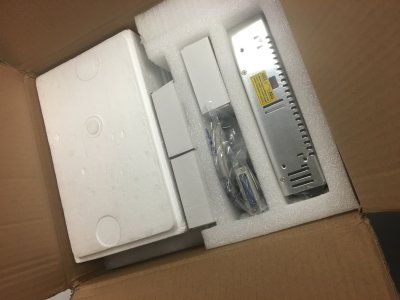
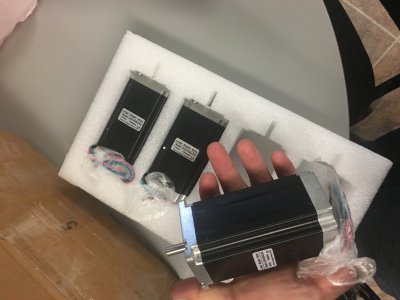
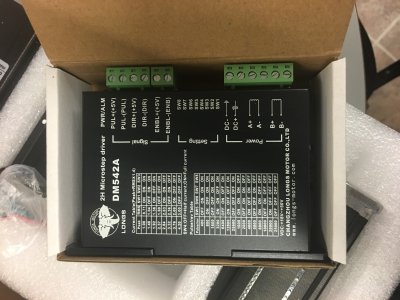
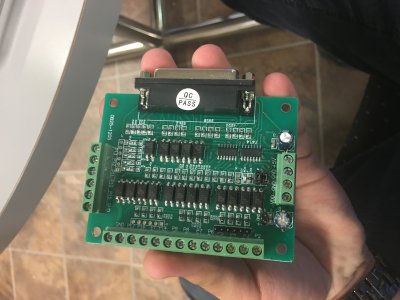
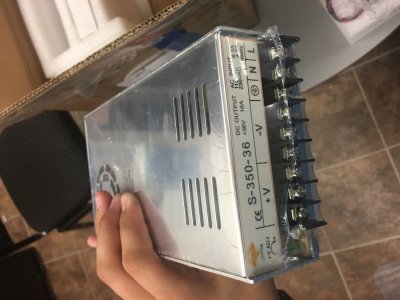
(Not really the perfect setup, but should work)
425oz/in steppers. I think a little bit overkill for my mill, but the price jump was manageable with these Chinese parts.
Just waiting on a parallel port for an old PC I have, a cheap PC monitor, and a generic PC power cable, and I'll have the "brains" of the operation figured, and ready for testing.
I like the idea of getting my CNC skills to the point that thread milling would be an option, but for now am focused on getting up and running, then milling a slot like
@Alexander 's new cnc. haha
JW





